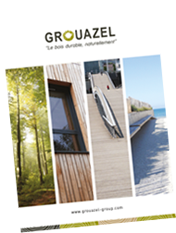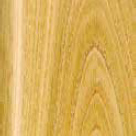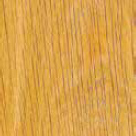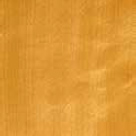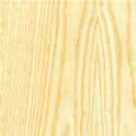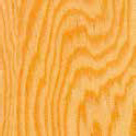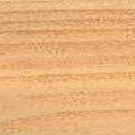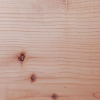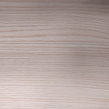Robinia
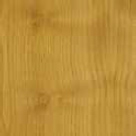
French Robinia allso called false acacia is a thorny timber which is not growed in plantations. It use to be considered as an invasive variety, before its become one of the greatest timber for outdoor layout works. This is the most sustainable french timber.
| Density | Between 720 and 800 Kg/m3 |
| Hardness | hard wood |
| Class of use | 4 exepted sap |
| Stability | low on fresh wood, but much higher if rift sawn |

